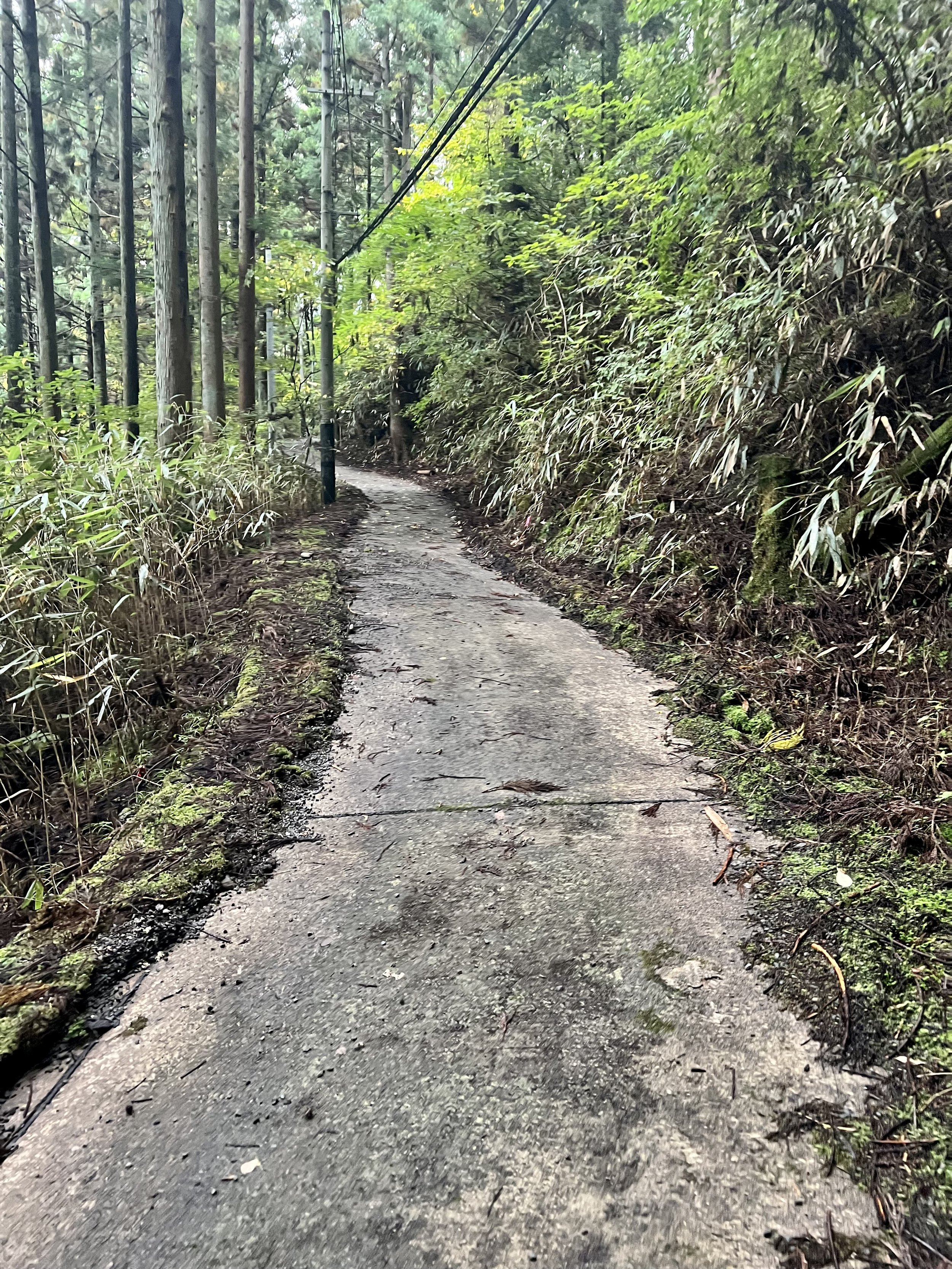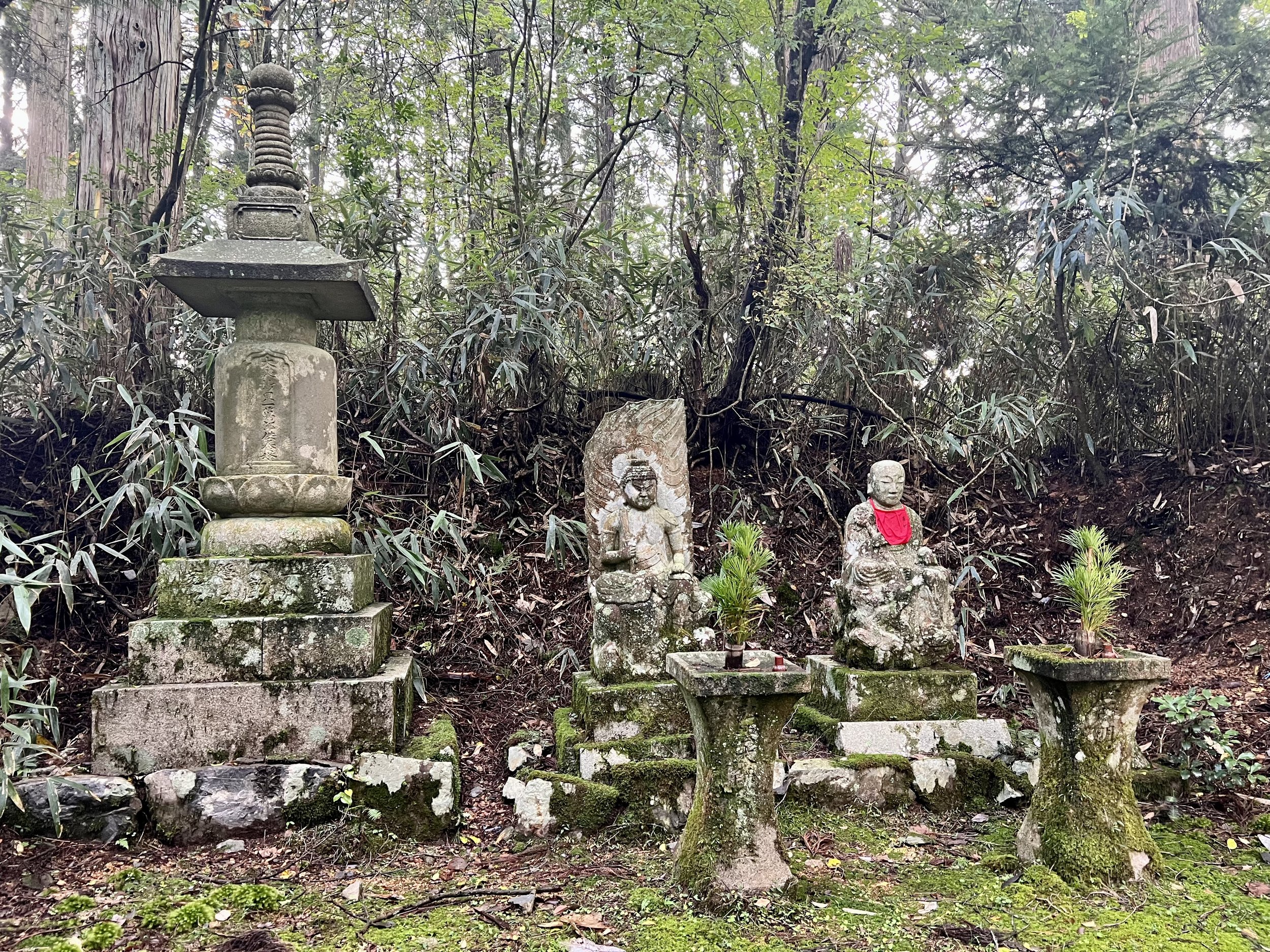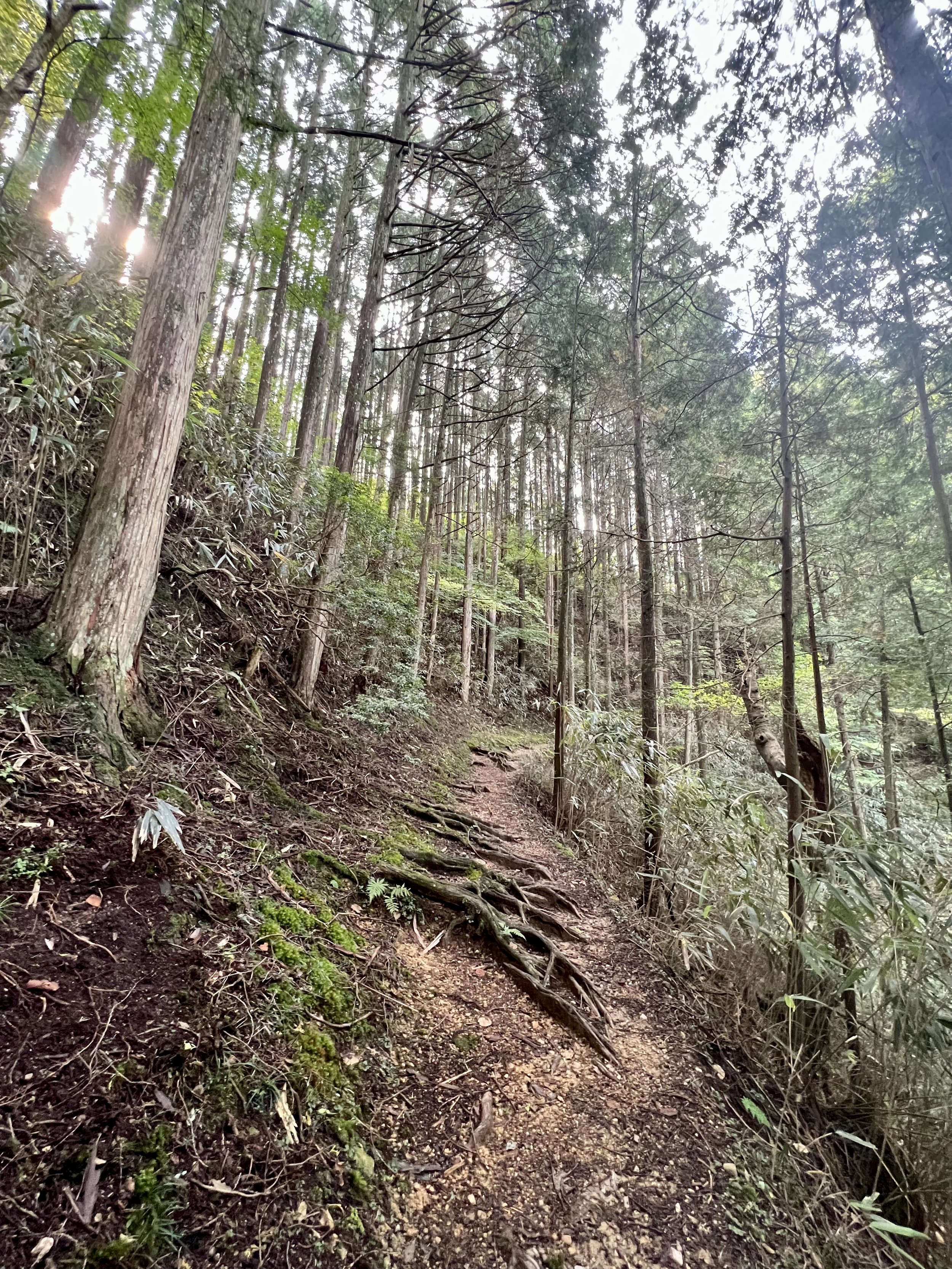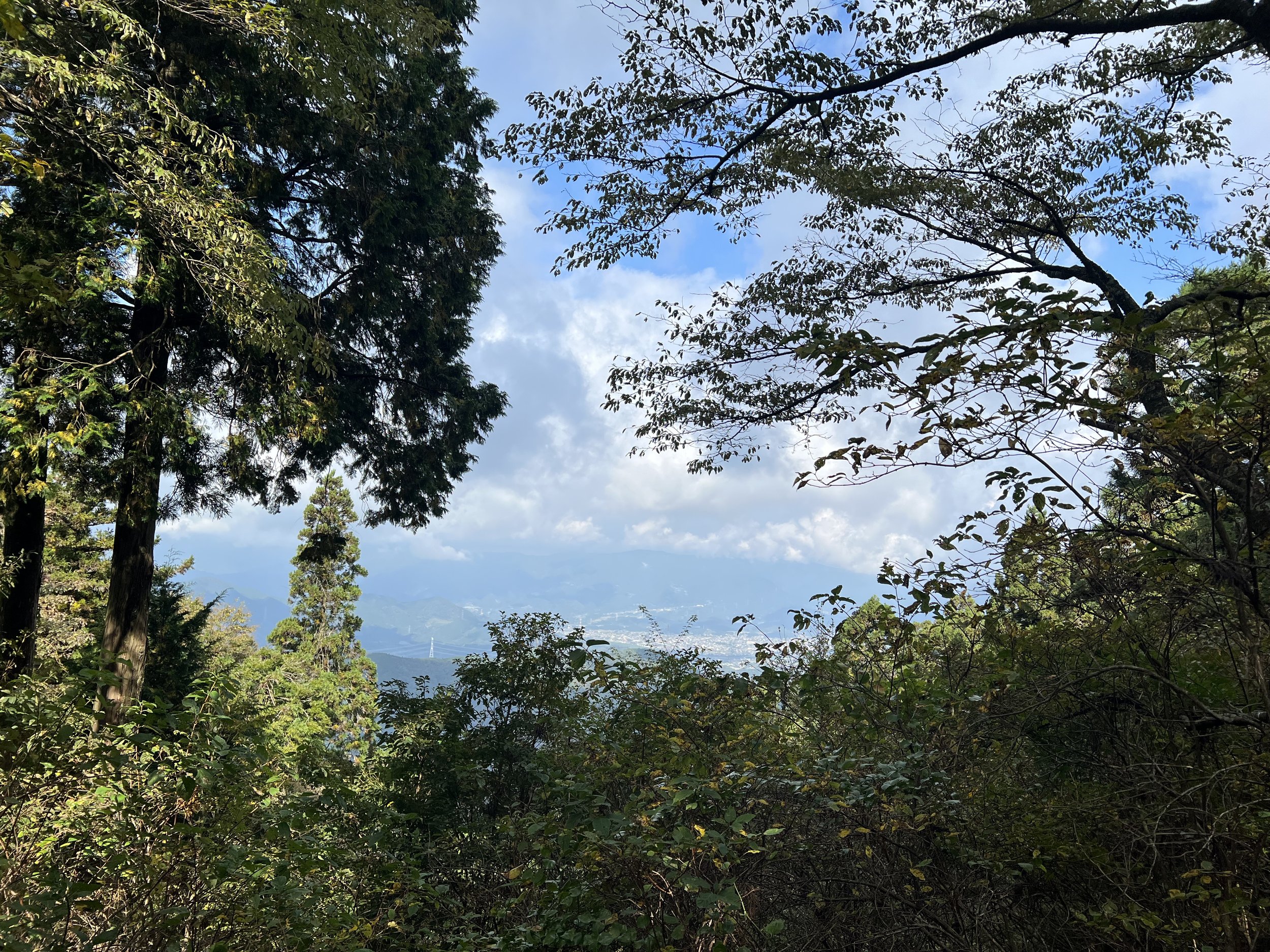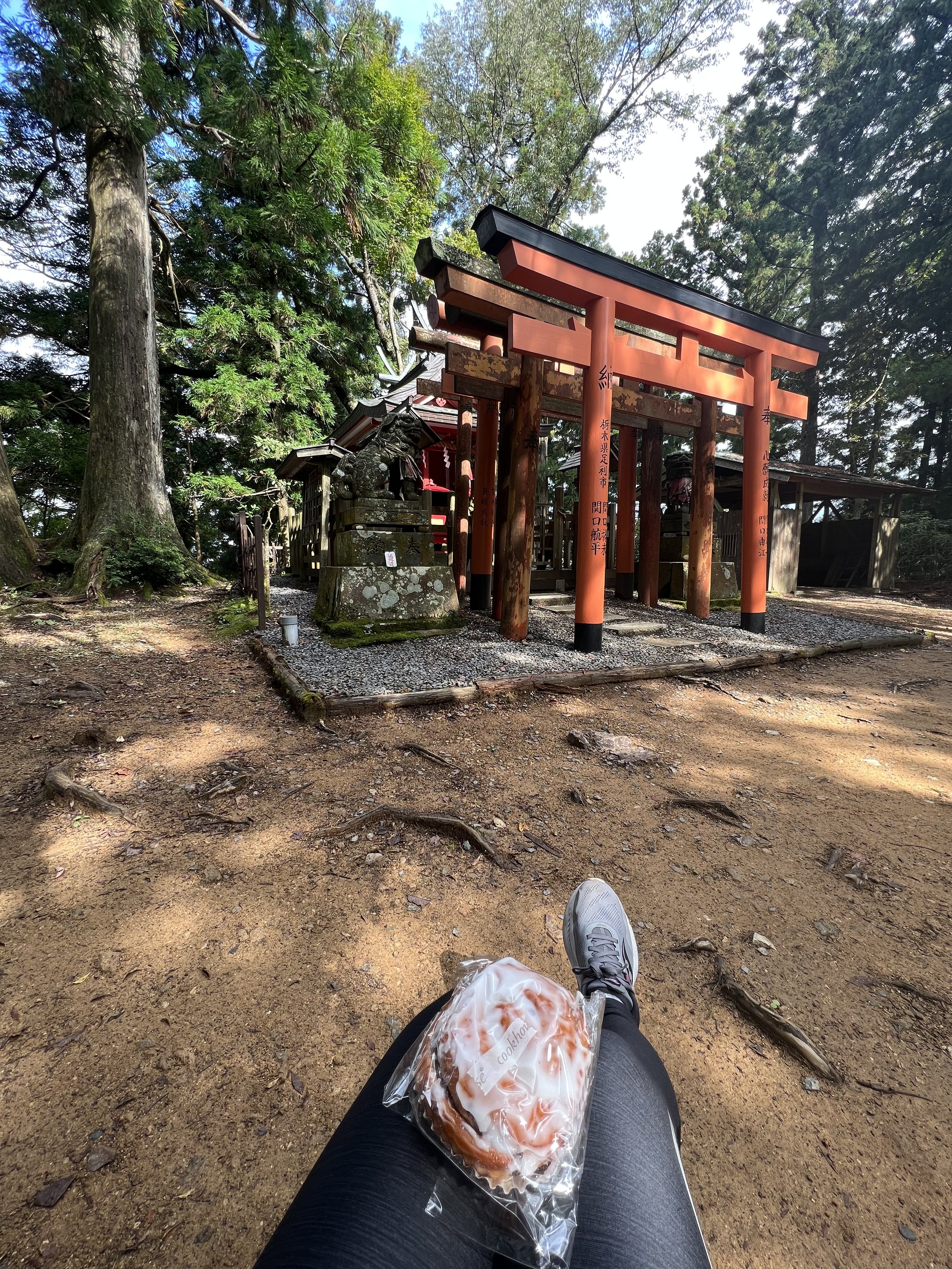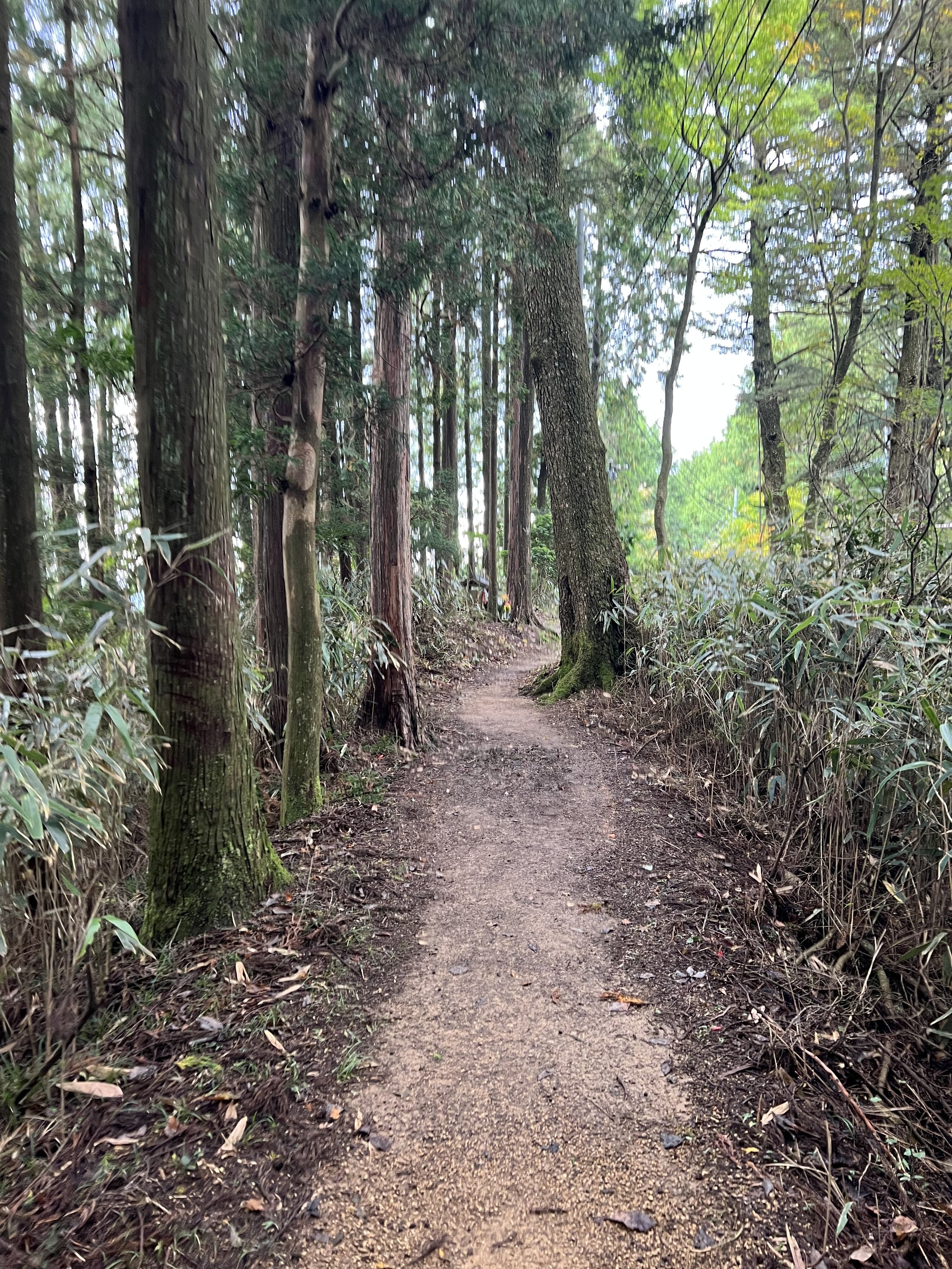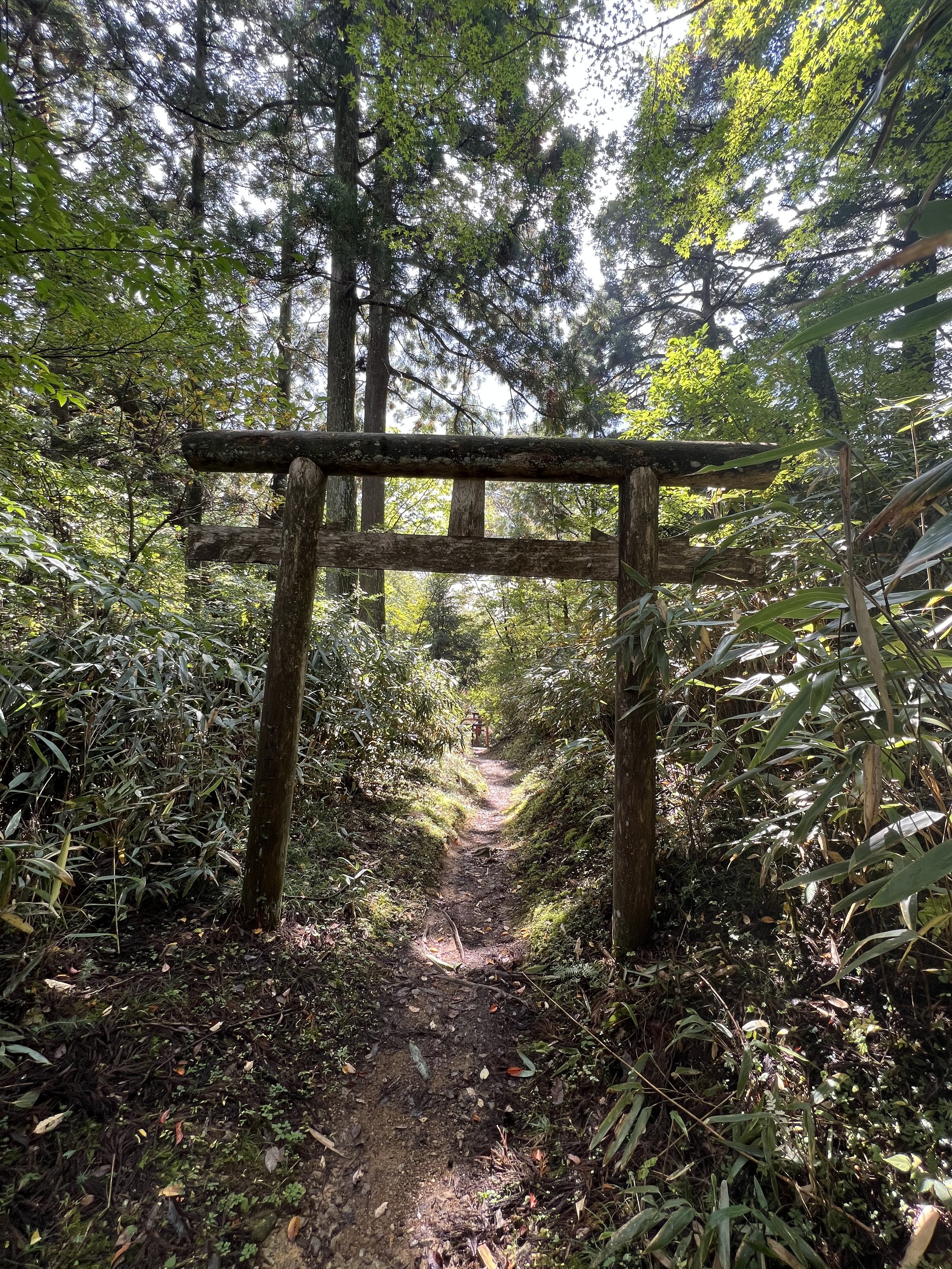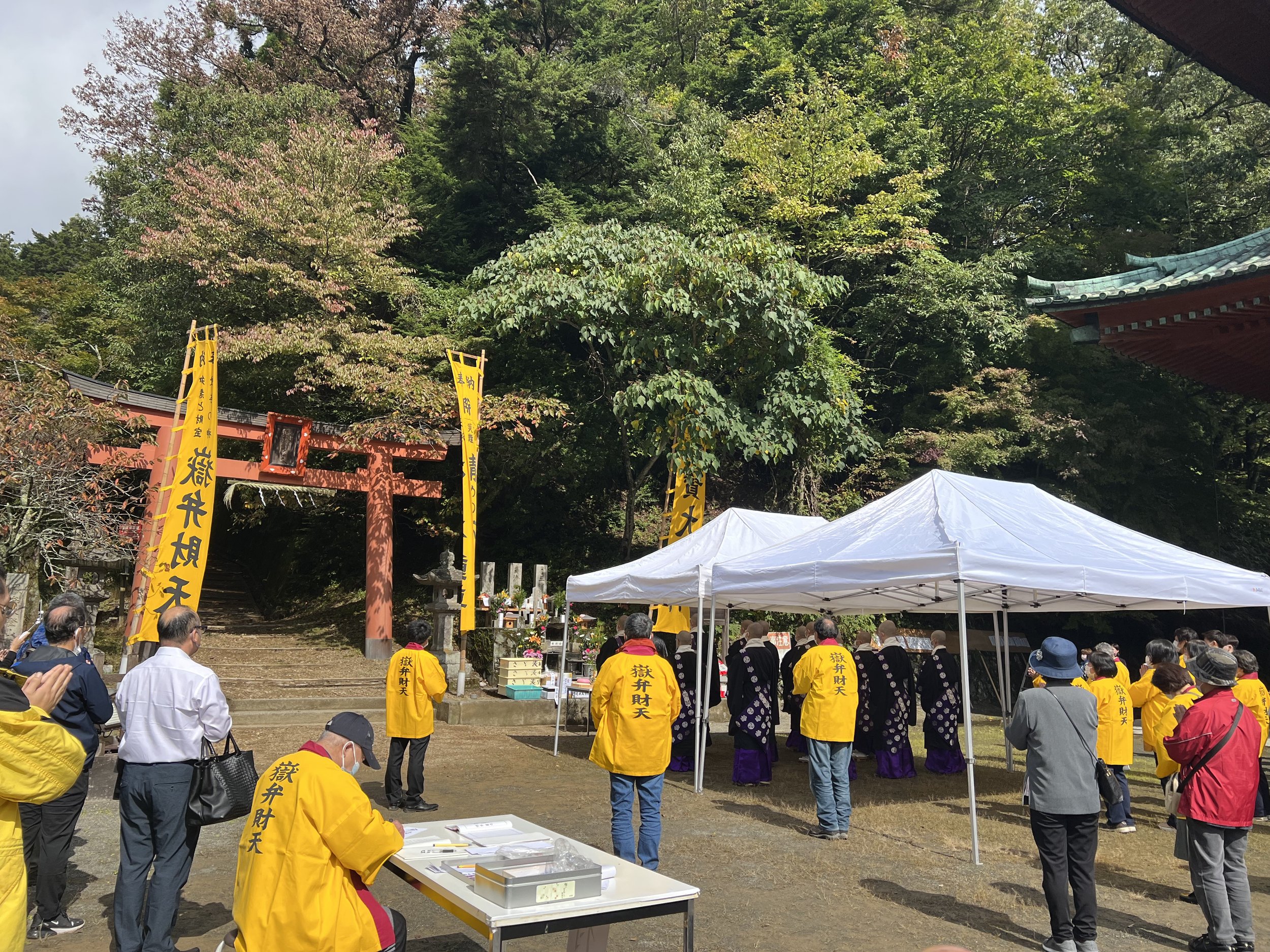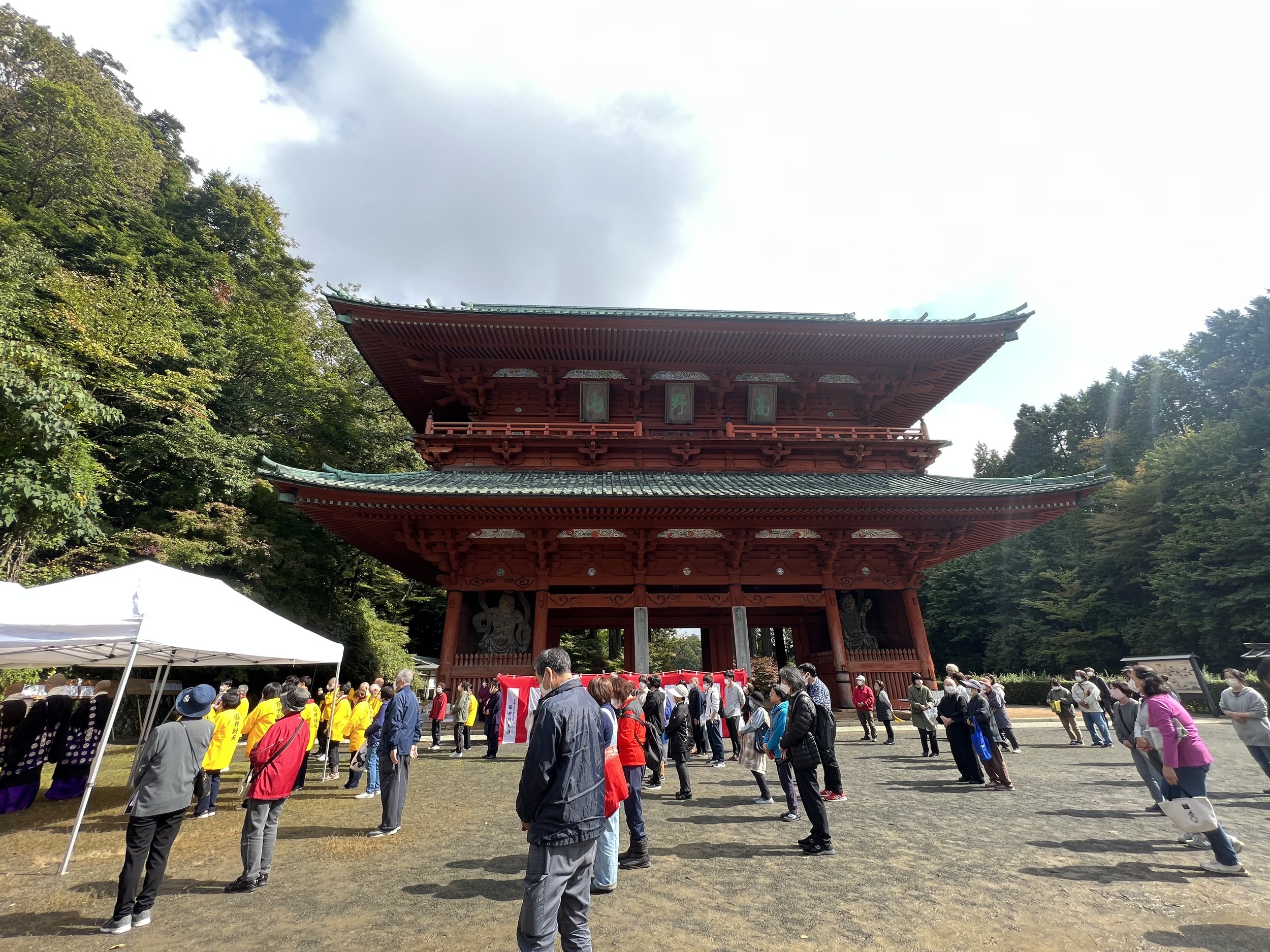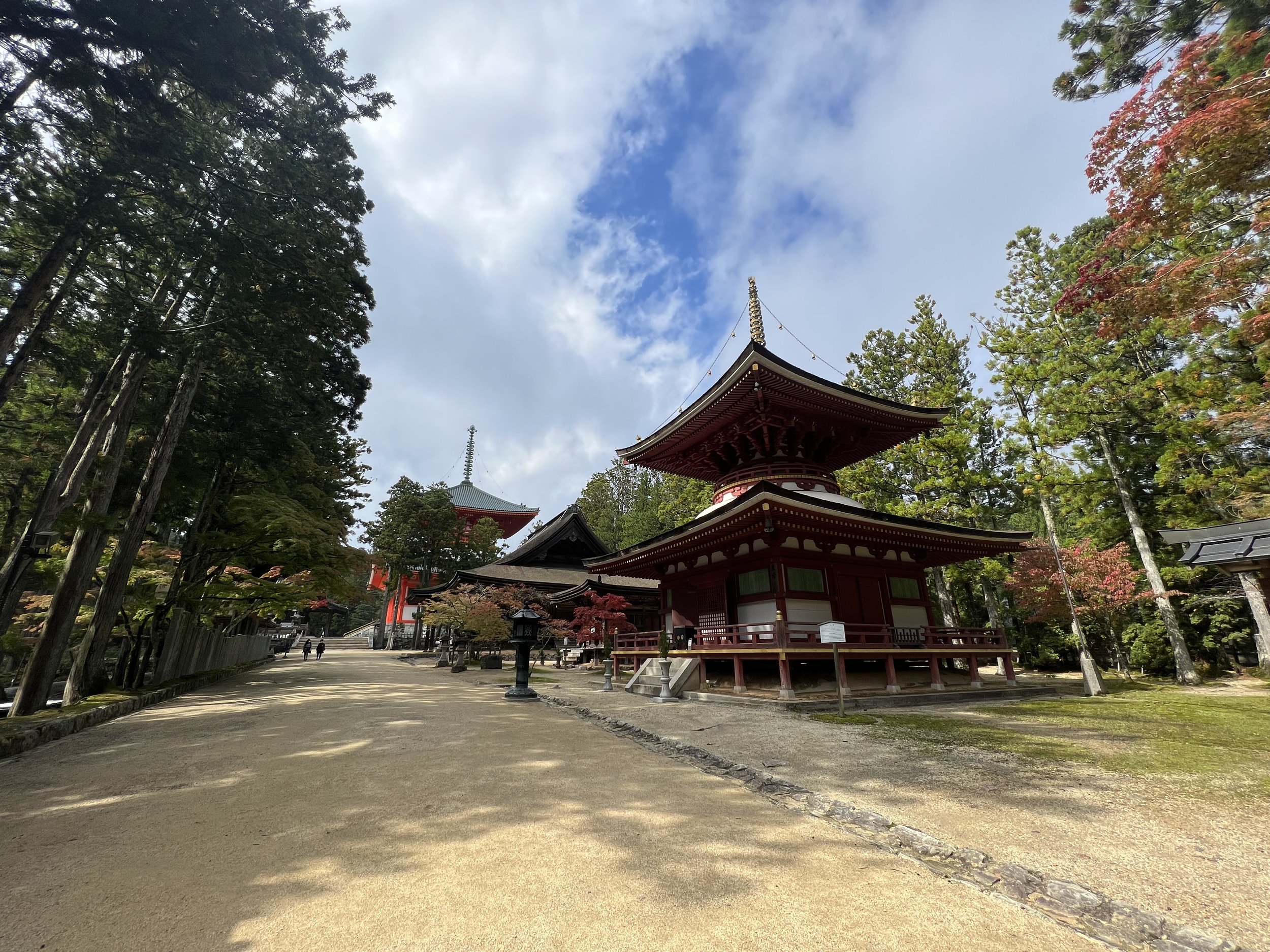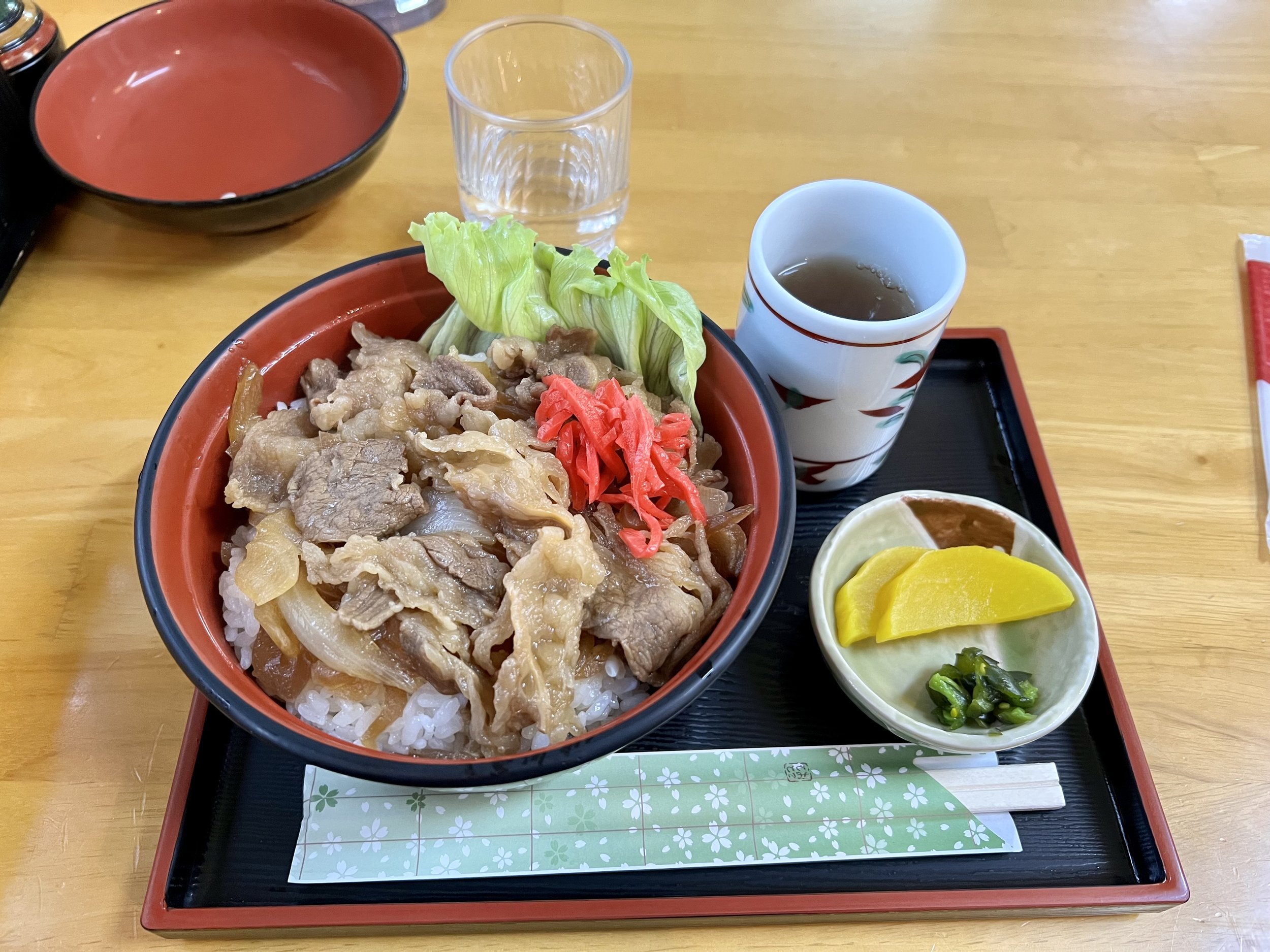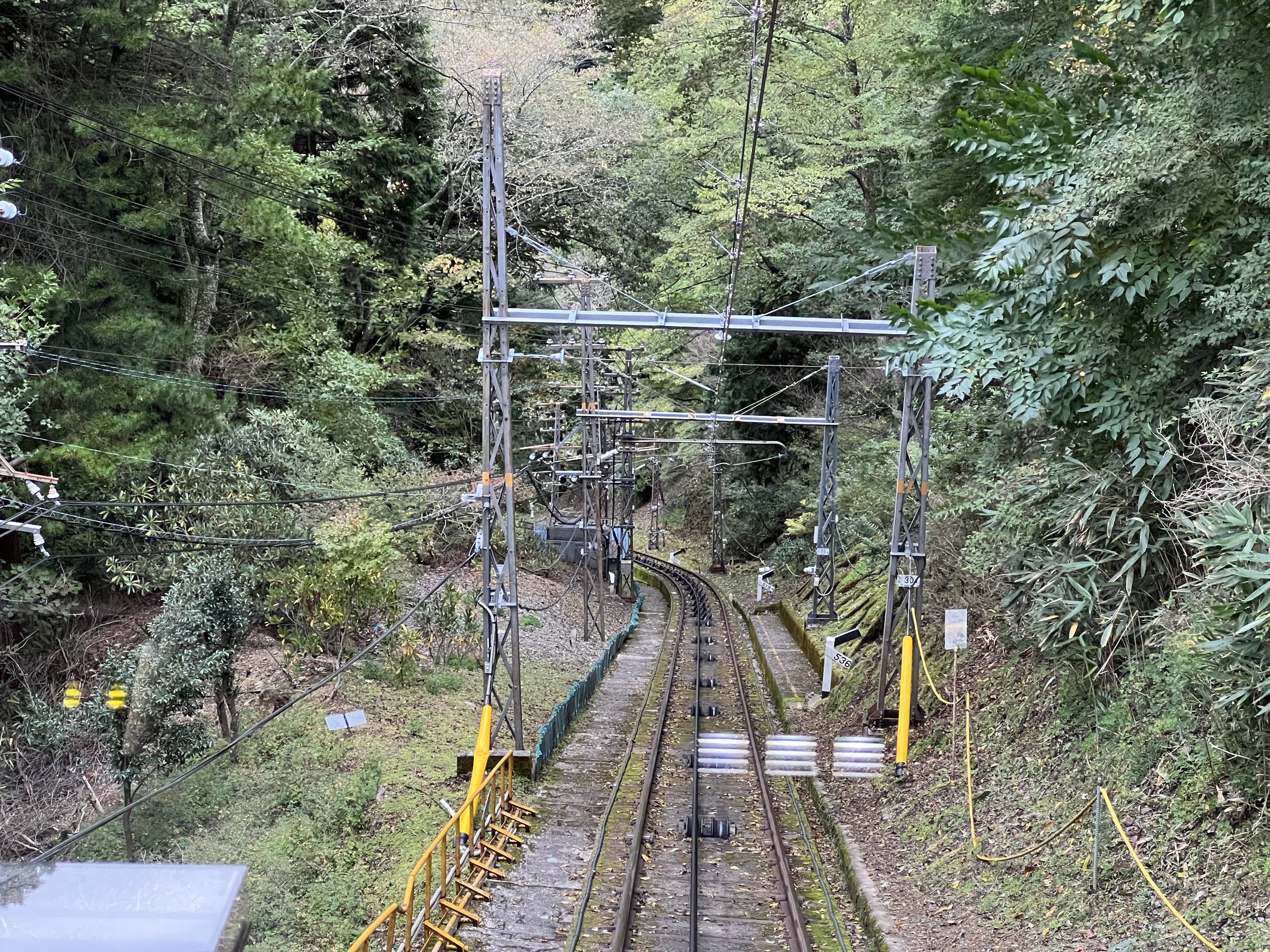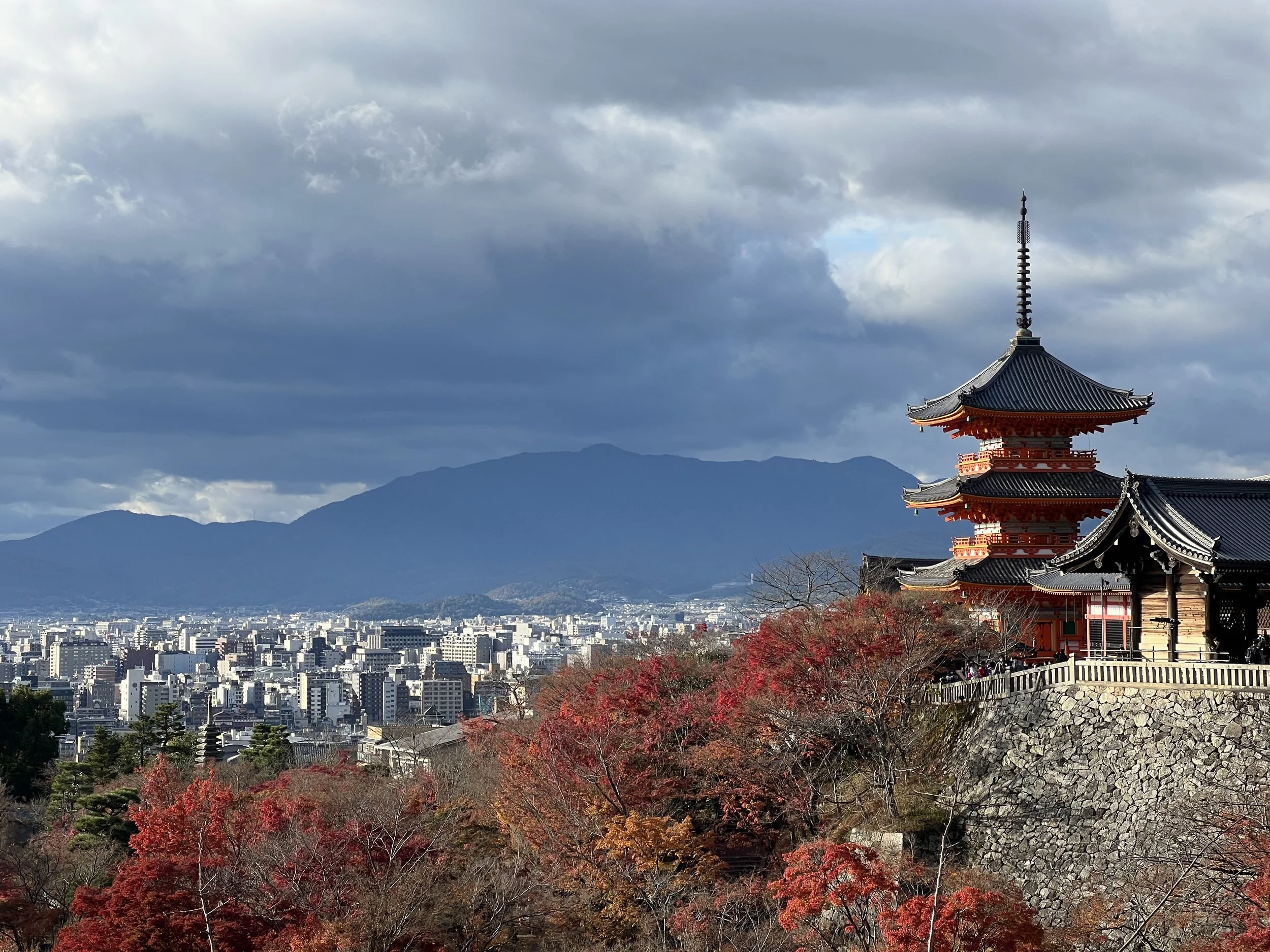A Memorable Day Trip to Koyasan from Osaka
Koyasan (高野山), also known as Mount Koya, is a place that truly inspired me and made me feel deeply connected spiritually to my surroundings, while appreciating the beauty of the tradition and nature all around me. This sacred mountain, with a complex of 117 Buddhist temples, is less than two hours away from Osaka or Wakayama by train, which makes it a reasonably easy destination as a 1 or 2-day trip. In my case, I decided to visit Koyasan as a day trip from Osaka as it suited my plan better.
➡️ To read more about the pros and cons of visiting Koyasan as a day trip and more travel tips to know about before going, you can read my article “Everything You Need to Know Before Visiting Koyasan”.
Why Visit Koyasan?
Eireiden (英霊殿)
Tucked away in the mountains, Koyasan has a truly magical atmosphere. Koyasan is a UNESCO World Heritage site, home to over 100 temples and many important landmarks for Buddhism in Japan. Known as the world headquarters of the Koyasan Shingon sect of Japanese Buddhism, Mount Koya is an attractive destination, whether for tourism or worship, given its rich history, culture and nature.
Koyasan is also a popular place to see fall foliage if you have the chance to be around in October-November. I visited on 18th October and the leaves had started turning orange and red! It was a very pleasant surprise as I did not expect it would be so early.
My Detailed Itinerary To Explore Koyasan as a Day Trip From Osaka
7:40 - 9:25 Getting to Koyasan (Gagurakubashi station) from Osaka (Namba station)
I woke up early and I took the 7:48 am train at Namba station in Osaka on the Nankai-Koya Line, opting for an express train to Hashimoto station (橋本駅) then changing to a local train to Gokurakubashi station (極楽橋駅). It took about 1h35 minutes and cost ¥930.
➡️ To know more about transportation options to Koyasan and around, check out my travel tips article on Koyasan.
The ride was very enjoyable, firstly because I love train rides through the Japanese countryside. But mainly because from Hashimoto to Gagurakubashi, there is only enough space for one track. As the train goes slowly up in the mountains, the ride offers a nice view of the valley, cute little train stations, and trees surrounding the wagons all around.
9:30 - 10:15 Hiking the Fudouzaka Pilgrimage route to Nyonin-do Hall
One option to reach Koyasan from Gagurakubashi station is to take the cable car that directly connects the train station to the sacred mountain, with departures every 15-30 minutes.
This easy and comfortable way was not for me, as I felt the need for some exercise, and wanted to follow the steps of the many pilgrims that reached Koyasan on foot. After asking for a map of the hike at the train station office (map in Japanese only), I walked to the beginning of the Fudouzaka route, just across the big red bridge that gave its name to the station (you’ll see it from the train when arriving).
The path is uphill and 2.5 km (1.5 mi) long. When I hiked, it is not well-maintained, but it is easy to walk on and follow.
Even though the trees were hiding any view, there were a few landmarks along the way, such as a small temple called Kiyome no Fudo do Hall (清不動堂) and a few statues.
Walking at a rather fast pace, I arrived at Nyonin-do Hall (女人堂) in about 45 minutes.
Nyonin-do Hall
10:15 - 11:05 Hiking part of the Women Pilgrimage course to Daimon Entrance
I took a small break and discovered more about Nyonin-do Hall. It is the only remaining hall dedicated to female pilgrims who were forbidden entrance to Koyasan until the late 19th century and could only go around the mountain following the Women’s Pilgrimage route. I then decided to walk the first section of this pilgrimage from Nyonin-do Hall to Daimon (大門), the main entrance to Koyasan.
The hike was even more enjoyable than the previous section and took me about 50 minutes. I took a 15 minutes break at the top of Mount Bentendake (弁天岳) and enjoyed the quietness as the path was deserted and I had not met any other pilgrim/hiker since I had left the train station.
Indeed, at the summit of Mount Bentendake, there is a shrine, Dake no Benzaiten-sha (嶽弁財天) as well as a shelter and some wooden benches, making it a nice place for a break, and I treated myself with a well-deserved (and late) breakfast there. On the hike down to Daimon, I could see the Konpon-daito Pagoda (根本大塔) from afar, and I passed through a few Torii gates and alters.
Without being mesmerizing, it was an agreeable hike that I would recommend for nature lovers looking for less touristy experiences in Koyasan.
➡️ For more information about hiking around Koyasan, check out all my travel tips in my article “Everything You Need to Know Before Visiting Koyasan”.
11:05 - 11:20 Watching a traditional mochi-throwing ceremony
I arrived at Daimon right in the middle of a traditional Buddhist ceremony which ended up being a ceremony that involves throwing mochi, held only once a year (I was so lucky to visit that precise day).
On some of the mochis was written a number, and lucky catchers would be eligible to receive a small prize (mainly food) depending on the number picked.
I picked up a few mochis myself (without getting a lucky one). During the event, several locals were very kind and came to chat with me and offered me additional ones, another example of Japanese hospitality.
11:20 - 13:00 Exploring Koyasan & walking towards the Okuno-in cemetery
There are several temples and attractions to see in Koyasan central area. I decided to wander around while heading slowly towards the Okuno-in cemetery (奥の院墓地). I particularly enjoyed walking around the Danjo Garan (壇上伽藍) all the way to Kongobu-ji (金剛峯寺), and picked up several goshuin along the way to add to my collection.
I also visited the Koyasan Reihokan Museum (高野山霊宝), a small museum that has a beautiful collection of cultural relics, including Buddhist statues, paintings & artifacts.
I stopped by the Tourist Information center (open from 9am to 5pm) near the Museum and had a nice encounter with a foreign volunteer that gave me valuable suggestions to enjoy my time in Koyasan, which I will mention later.
There are a few restaurants on the way to the cemetery to stop for lunch, but I was not hungry after my late breakfast and decided to walk to Okuno-in cemetery. Personally, I always choose walking but there are frequent buses to visit the main attractions of Koyasan if you prefer.
13:00 - 15:00 Walk around Okuno-in Cemetery
To be honest, I did not expect Okuno-in cemetery to be this magical, but it was and will most likely be one of my favorite places in Japan. It is actually the largest cemetery in Japan, where more than 200,000 tombstones line the paths through towering cedar trees.
Starting my walk at Okuno-in’s first bridge, I spent about two hours exploring the 2 km-long path through the cemetery and enjoyed visiting the small alleys (in particular on the left side of the path).
The lush green color of the vegetation and its contrast with the red clothes dressing many of the statues, the empty alleys and traditional tombs fusing with the surrounding wilderness and the overall peaceful atmosphere… Okuno-in is a dream location for photography! While exploring one small alley, I was lucky enough to see two deers.
And, as the volunteer recommended me, at some point on your left you will find a very recent path that takes you to an open space with tall grass that was quite enchanting. You cannot miss it as the others are either made of old stones or earth.
At the end of the main path, I arrived to the Okuno-in temple (pictures and videos are forbidden) and decided to take a different path on the way back after visiting the Eidanren temple, another great autumn leaves spots, along a more modern part of the cemetery where you will find many tombs owned by Japanese corporations.
15:00 - 18:00 Way back to Osaka
Arriving at the main parking area, there is a bus stop as well as a few shops and restaurants. I took the bus this time to head back to Koyasan station and decided to take the cable car to get back to Gokurakubashi station. Waiting for the next cable car, I had a late lunch at the little cafe nearby (高野茶屋 和久) and bought a couple of souvenirs there as well.
I took the exact same on the way back and arrived around 6pm at Namba station, a bit tired but very happy about my day at Koyasan.
My Koyasan Itinerary in a Map
Where to Stay? Osaka or Koyasan
As you can see from this itinerary, it’s definitively possible to visit Koyasan’s main attractions within a day, and have sufficient time to explore the temples, have an insight into Japanese Buddhism and walk through the cemetery (and even hike if you feel like it). Like I did, one option is to visit Koyasan as a day trip from Osaka. In Osaka, I was staying at Osaka Hinode Hotel Nipponbashi, and can warmly recommend it. I enjoyed this hotel so much that I wrote a dedicated review “Where to Stay in Osaka: Osaka Hinode Hotel Nipponbashi Review”.
Staying overnight in Koyasan is also a great option if you’d like to visit the cemetery by night or if you’re interested in knowing more about Japanese Buddhism by staying at a temple lodgings (called shukubo, 宿坊). Some of the them have onsens, and you can experience the Buddhist lifestyle for a night with a meditation session or spiritual practices like sutra copying or fire rituals (called Goma), a traditional vegetarian meal and an early morning praying ceremony (around 6am). It’s an experience I’d definitely like to try on my next visit to Koyasan.
Based on reviews, I’d recommend Koyasan Shukubo Ekoin or Koyasan Shukubo Fudoin, both temples being highly rated for their warm hospitality and immersive spiritual atmosphere. If you're looking for more options, there are plenty of alternatives to explore.
➡️ Book your stay in Koyasan on Agoda | Compare prices on Booking.com
To Conclude
Since I wrote first this itinerary, I had the chance to visit Koyasan a second time in November 2023. I was fortunate enough to witness an enchanting blend of seasons! As autumn foliage was slowly passing its peak, an unexpected snowfall started to grace the ancient temples and the serene landscape. The contrast of brilliant reds, golds, and oranges of the leaves with the delicate white snow was breathtaking and felt very special.
With these two fantastic experiences, I can say that Koyasan has become one of my favorite destinations in Japan and one that I would highly recommend if you are staying in Osaka. Will you add Koyasan to your Japan travel bucket list?
Looking for more day trip ideas from Osaka? Check my article “Explore Beyond Osaka: Top Day Trip Ideas for Your Japan Itinerary”.
Found this article helpful? Buy me a coffee. 😊
Want to stay in touch? Subscribe to my monthly newsletter (with latest articles, updates, travel tips and more...) delivered straight to your inbox. 📩
This article was originally published on November 05 2022 and updated on August 16 2025.
Some of the links in this Koyasan article are affiliate links. At no extra cost to you, I may earn a small commission when you click on them and make a purchase. And if you do, thanks for your support! Purchasing through these links is a great way to support Travely Notes, as this helps with the costs of running my blog.





